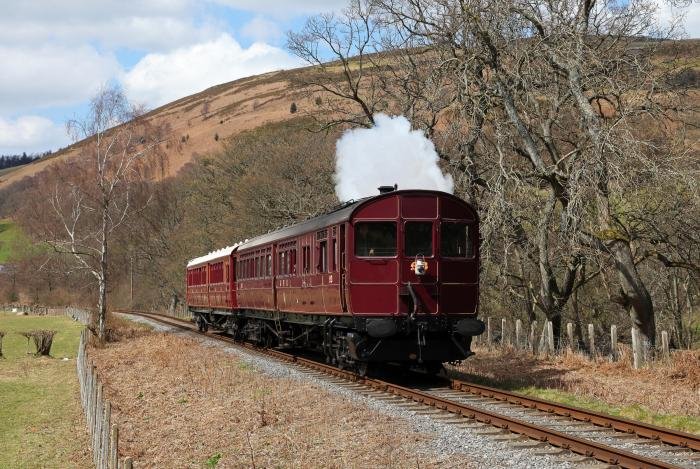Railways have always faced the problem of how to work their most lightly used routes cheaply. One solution that found much favour in Victorian times was the steam railmotor, as EVAN GREEN-HUGHES explains.
In the early years of the 20th century, British railways faced increasing competition from other forms of transport. In urban areas trams were creaming off many of the short-distance passengers while in more rural districts motorised road transport was beginning to establish a foothold. At the same time, costs were rising sharply, adding pressure.
As a result of such competition, ways of cutting costs were sought, with particular emphasis placed on the efficient use of locomotives and rolling stock, which at that time often spent much of its time unproductive. A particular issue was branch line trains which typically travelled only a few miles before their locomotive had to be run around its coaches, a lengthy and time-consuming business.


